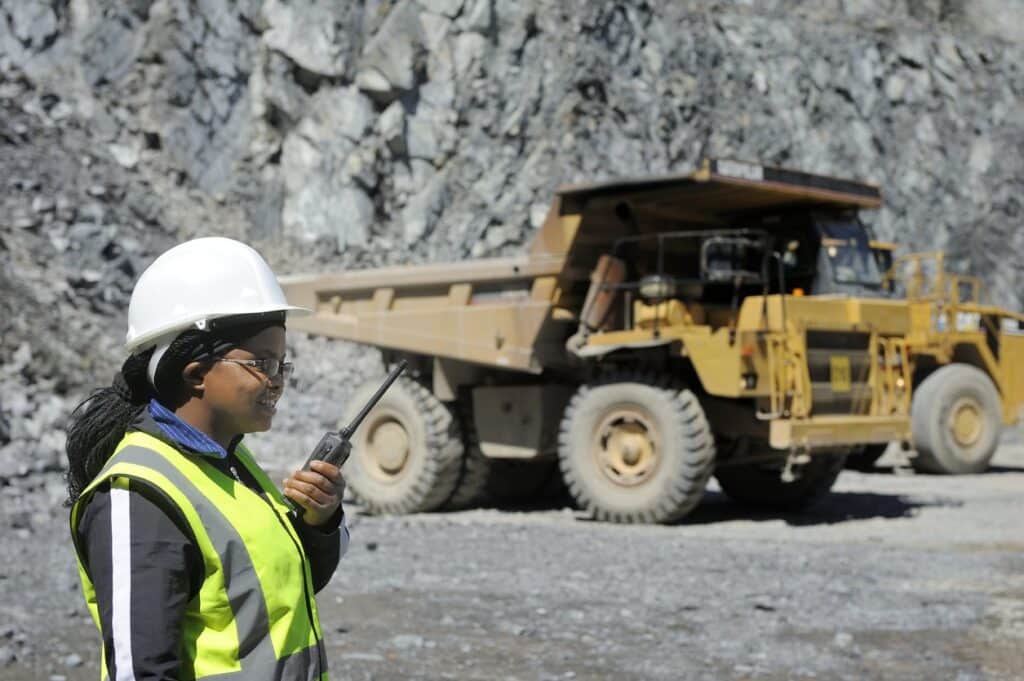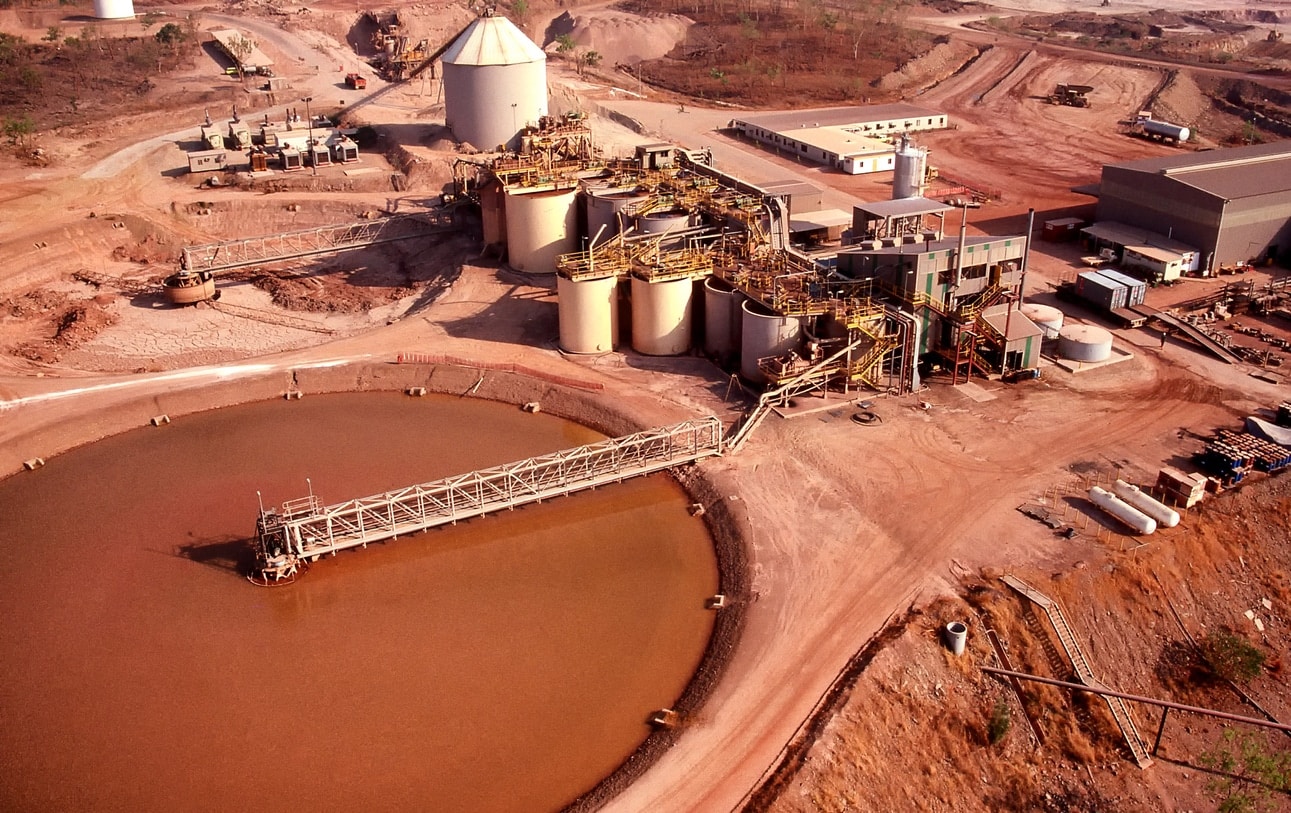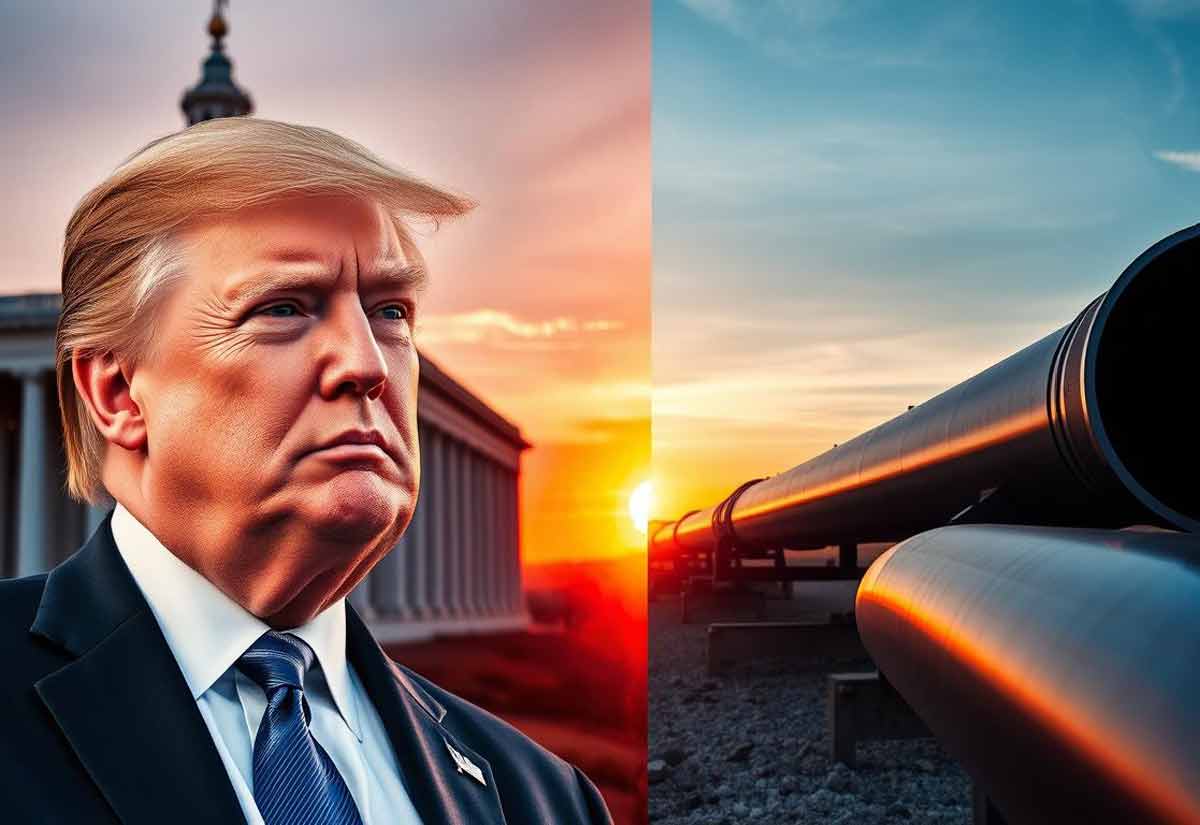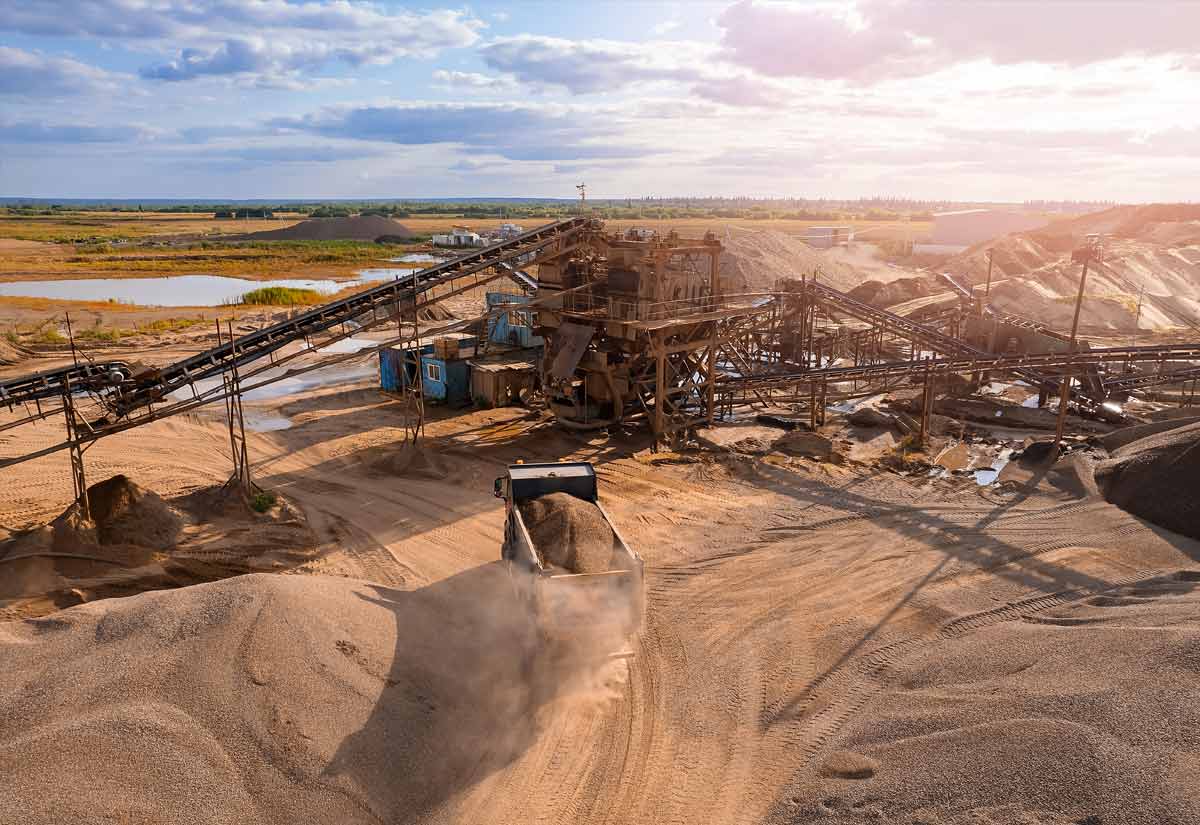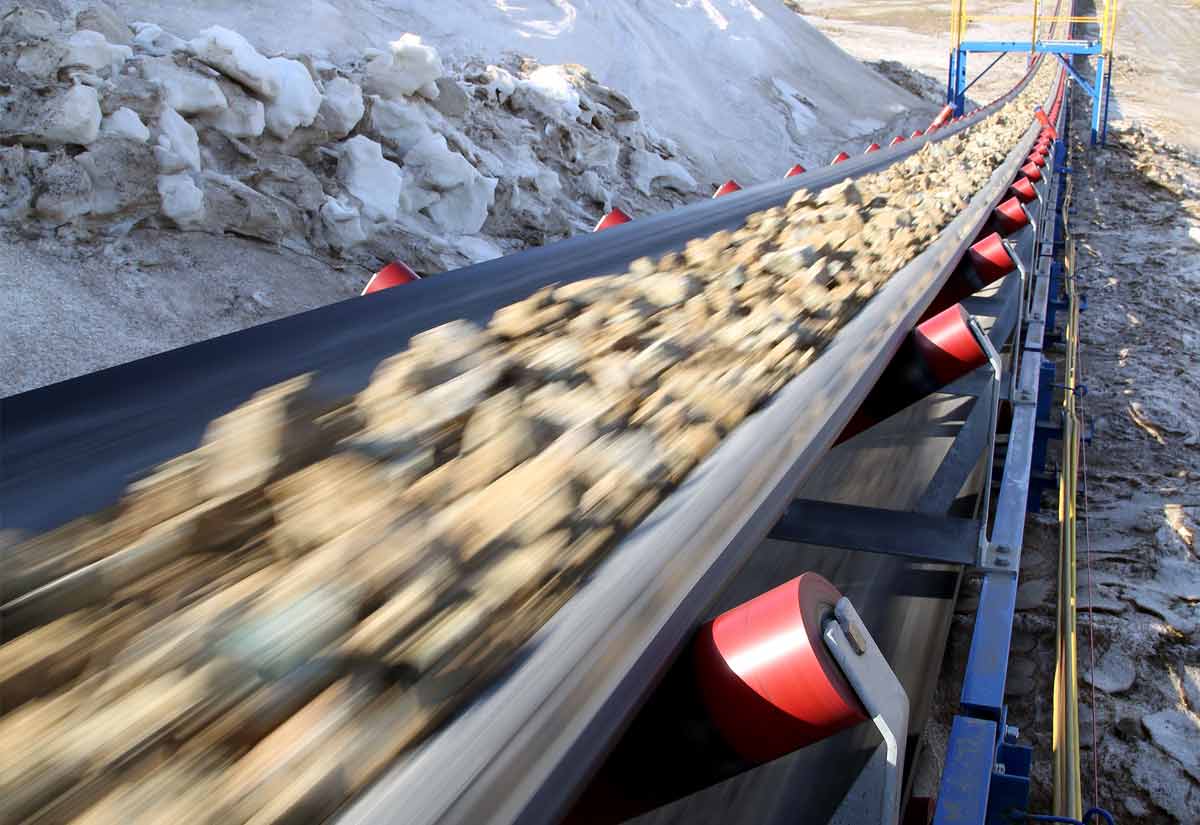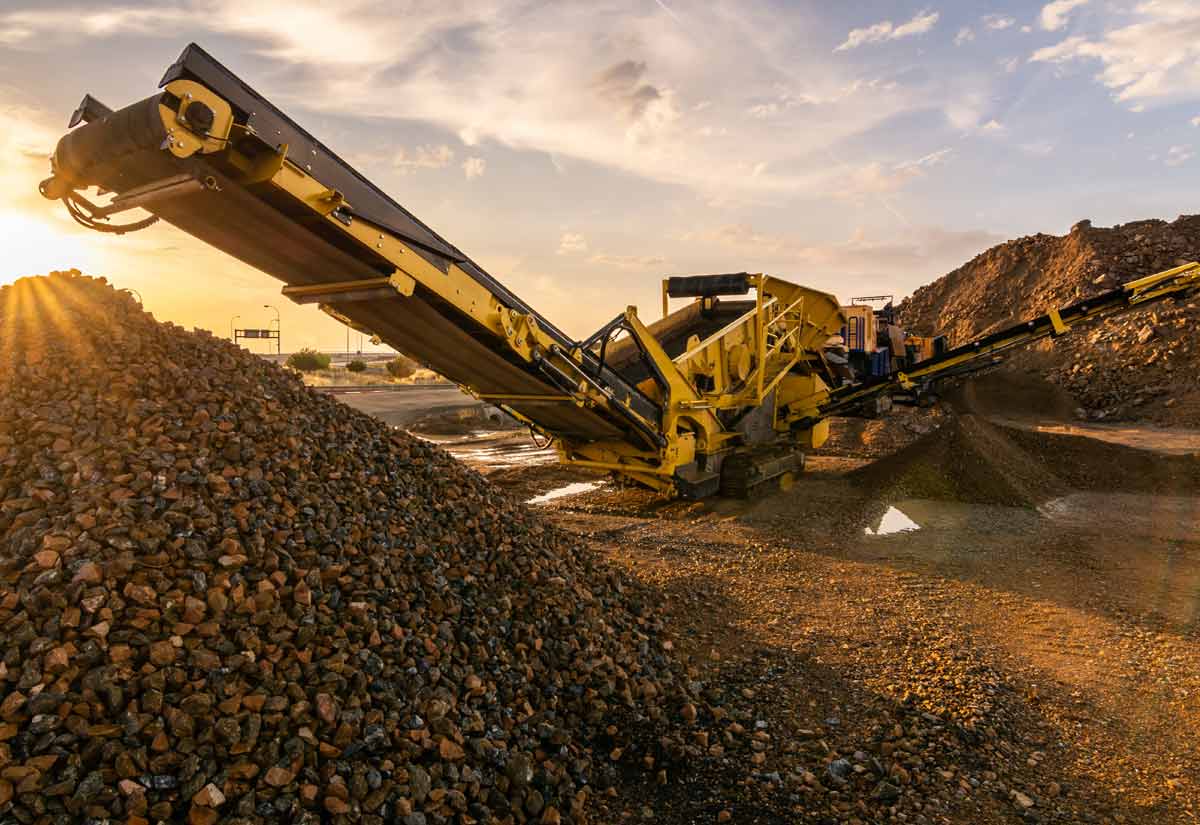It’s been a chaotic few years in the precious metals industry. Global tensions arising from trade deals and Chinese production concerns rocked the past few years. And, in 2019, we saw unprecedented shareholder payouts due to reduced debts nearly across the board. To top things off, Trump signed a preliminary trade deal with China in January, creating plenty of hope for a future trade agreement.
But, as the precious metals industry braced for a potential record year, COVID-19 swept the globe, stalling mining operations, increasing debt, and reducing liquidity for many major players. Supply chain disruptions, unpredictable market conditions, and fluctuations in demand have created a particularly volatile market, especially in collectible metals like bullion and coins.
Fortunately, there are some silver linings. Here’s what the precious metals market looks like in July 2020.
Building Resilience Through Debt Reduction and Balance Sheets
Resilience is the buzzword of the industry. In the early stages of the pandemic, particularly as China braced for shutdown, miners across the globe dealt with shrinking demand for raw metals. Then, that Chinese problem became a global problem — forcing a third of the planet into lockdown. This was a particularly interesting situation. There isn’t a playbook for operation during a pandemic. It’s novel. Suddenly, this superb momentum captured by early-year trade agreements and metals demand was replaced by shuttered mining operations, uncertain demand and supply, and shaky (at best) supply chains.
To highlight how intense the COVID-19 pandemic has been for mining operators, a meter 5% of recently surveyed precious metal mining operators now cite trade tensions as a barrier. 39% cite global market weakness. To compensate, mining operators are going back to the age-old playbook — debt reduction.
Frankly, metal miners were relatively well-positioned for this crisis. The big two — Rio and BHP — have been reducing debt for the past few years in anticipation of a crisis. Partially fueled by the 2008 shock, precious metal miners have been more cautious going into this decade. And it’s paying off. Rio and BHP have already recovered from March losses, and they’re in a position to regain their market highs from February despite the pandemic. This may sound strange given the overall economic outlook, but there are two major movements keeping precious metals mining afloat (and thriving) in the middle of this crisis:
- China is using a spending strategy for its post-crisis recovery model.
- Investors are hungry for gains
China is Still Invested
China consumes roughly half of all base metals and a quarter of gold. Despite its initial production halts, China seems dedicated to spending their way out of the crisis. They’ve made commitments to build up 25 trillion yuan (US$3.6 trillion) of infrastructure projects over the next few years, with a few trillion dedicated to 2020 projects.
There’s an interesting tension happening. The China/US relationship is arguably in a worse position than early February, yet interest in rapid rebuilding coupled with a shared interest in keeping mining operations flowing has made precious metals a relative outlier in the market.
Overall, trade tensions may have taken a backseat to crisis-driven supply chain problems, but trade tensions are still lurking on the horizon. For now, China continues to consume precious metals despite slowdowns in other areas of the globe.
Obviously, this bodes well for metals like lithium and copper, though non-precious metals are struggling. But, for precious metal producers, this helps offset some investor fears over economic growth-impacted slowdowns.
Investors are Precious-metal Hungry
There’s a tug-of-war. Demand is up, and production is down. Gold is at all-time highs, and, as with other economic disruptions, precious metal prices are soaring. Traditionally, market demand hits bigger mining operations first. Both Newmont Corp. and Barrick Gold Corp. have enough mines to offset supply chain risks, and they’ve both grown plenty over the past few months.
But, surprisingly, smaller mining operations are seeing unprecedented public interest. American Pacific Mining Corp., a smaller operation with a market cap of less than $20 million, has raised 6x more than initially planned this quarter. According to Yahoo! Finance, they’ve resorted to turning investors away. Of course, production is still king. And short-term gains may not last in the face of shrinking production due to global slowdowns.
The Canadian Imperial Bank of Commerce recently suggested that investors pay attention to performance over forecasts. “We believe attention will be more focused on the production and cost outlook for H2/20 as most mines are now back up and running.”
Precious Metals are Surging; Will it Last?
For now, the precious metals industry is in a strong position. Along with Biotech, precious metals is perhaps the single most robust industry in our crisis-laden ecosystem. Here’s the question: can production keep up with demand.
Despite the current unemployment crisis, precious metal operators are struggling to find high-quality talent with expertise. We can help! Resource Erectors can connect you with best-in-class mining talent to help you maximize production to capitalize on this explosive demand.
Contact us to learn more.
